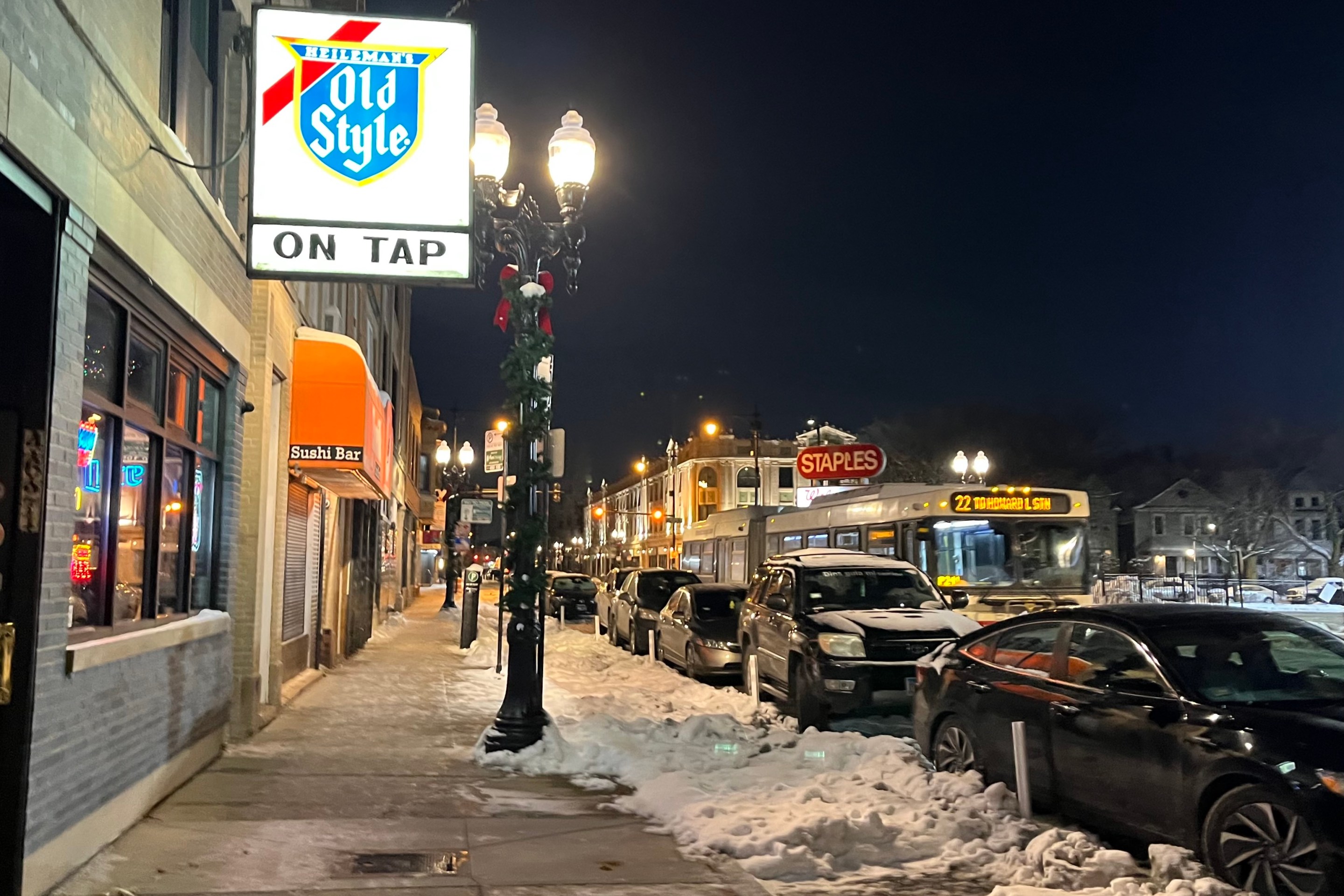Drivers give cyclists a wider berth on streets with painted bike lanes than on streets with no bike lanes, according to a new study by a Canadian research team with the University of Waterloo [PDF]. Common sense? Sure, but it's more evidence that cyclists feel safer in dedicated infrastructure for a reason.

Researchers from the University of Waterloo measured 5,227 individual incidents of cars overtaking bicyclists using sensors and handlebar-mounted cameras.
Passing at less than one meter was the threshold that the research team deemed unsafe.
On two-lane roads with no bike lanes, 12 percent of motorists gave less than one meter. No drivers passed cyclists that closely on two-lane roads with a bike lane. Meanwhile, on four-lane roads with no bike lane, 6 percent of passing maneuvers were within one meter, compared to 0.5 percent on four-lane roads with bike lanes.
On two-lane roads with bike lanes, motorists gave cyclists an average of 7.6 more inches of passing room, a 14 percent difference.
The researchers chose streets with "standard" width of 3.65 meters for general purpose lanes and between 1 and 1.2 meters for bike lanes. This suggests that the streets with bike lanes were wider than the comparison streets without bike lanes, which may factor into the differences the authors found.
"Our observations show that the presence of on-street bike lanes significantly reduces unsafe vehicle passing maneuvers and therefore improves cyclist’s safety," write authors Kushal Mehta, Babak Mehran, and Bruce Hellinga.
Another interesting finding was that motorists were less likely to cross over into the opposing traffic lane when bike lanes were present. On two-lane roads with no bike lane, 41 percent of motorists "encroached" into the opposing lane, and on four-lane roads with no bike lane, the figure was 34 percent. That was compared with 4 percent on four-lane roads with a bike lane and zero percent on two-lane roads with a bike lane.




